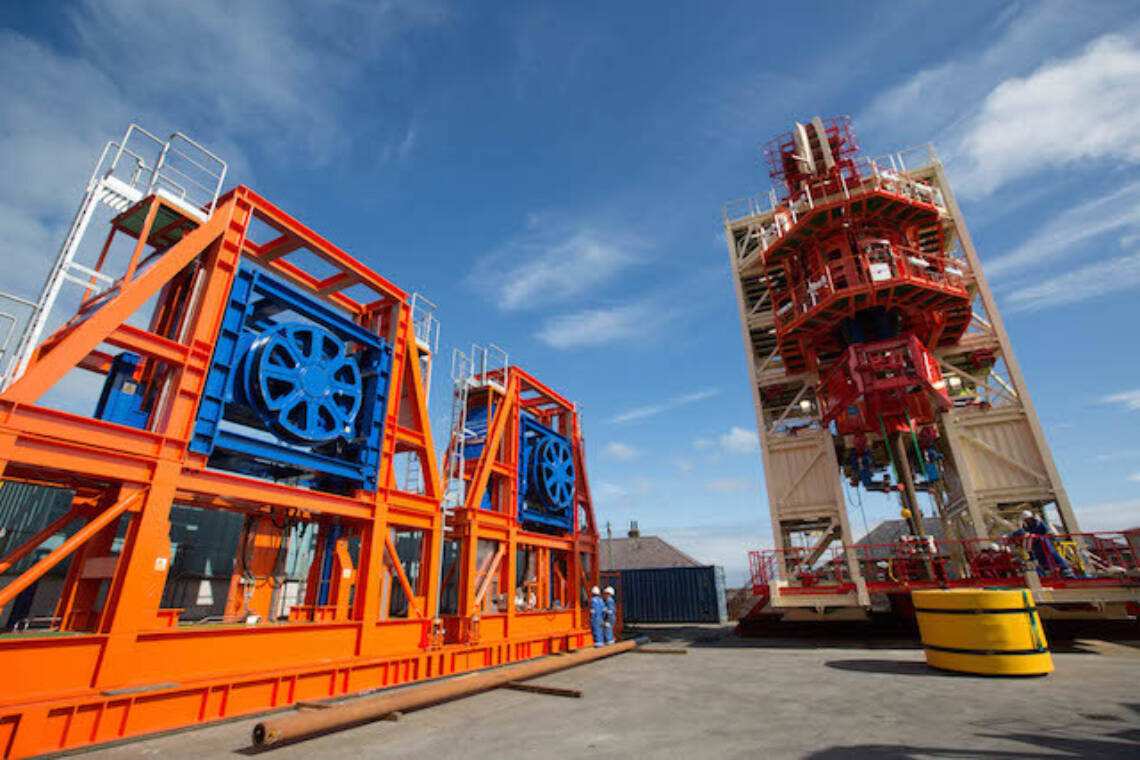Selling value: The toughest challenge with supply chain

In the current difficult market of low oil price, can we afford to be penny-wise and pound-foolish?
When you’re in a commercial environment - particularly in a tough market like we have today - all that seems to matter is the price tag: when comparing two systems that look alike and meet the spec, why would you go for the more expensive one? That thinking makes sense when you’re choosing between two seemingly identical items.
And if you’re not?
In the last few weeks we’ve had a number of visitors from the UK and outside to view the latest additions to our portfolio. They saw our portable vertical lay system, with our patented 4-track tensioner, and the third-generation reel drive system.
I remember one pair of visitors in particular. One of them just saw a reel drive, while the other spotted the design details and immediately understood their value - he had been there before, felt the pain of mobilisation, the extended execution phase, and with it the massive overspend in his budget.
That experience comes from years of learning from mistakes of others as well as your own. My first reel drive some 15 years ago was far from perfect - it had bells and whistles but added little value to the project, other than doing the job any other reel drive could do.
Since then we’ve improved, one design iteration at a time - now we’re delivering our third-generation system. In that journey we’ve learnt things that we now consider the norm; our equipment has features that we don’t even speak about any more - we see them as basic requirements that help us deliver on our mission statement: to add value by solving challenges faced by our customers.
Out of that pair of visitors, one could see this. He was a value player - unfortunately, there are increasingly fewer people with his experience to understand the value of innovative equipment… and value is an extremely hard sell to someone whose vision extends only as far as the price tag.
So, what is the value of our reel drive? Like other equipment in the market, it lifts the reel, it spins it, then moves onto to the next one.
But it takes less time to mobilise, as the reels do not require separate sea fastening; and it takes minutes to move between reels - instead of the commonly accepted hours. Taking all this into account - what is the actual value of this reel drive?
The investor who only looks at the simple price of a product or service is missing the big opportunity to cut the costs of offshore operations. When you buy a piece of equipment, you buy it and you pay for it once. But what follows are the mega costs: the vessel days in port while mobilising; the downtime between reel change during the mission; the time it takes to demobilise and turn the vessel around for its next mission.
If you consider the price tag on vessel charter, these aforementioned time savers become significant - especially if you use that system repeatedly over its 15-20 year lifespan.
With the current low oil price still making it difficult for us all, my belief is that the industry’s initiative should be to focus on how its done and to add value to ongoing and future projects.
Our industry needs to be reminded that value is not the same as price. Can you quantify the returns from reduced mission time? That’s the actual price tag on the piece of kit - that’s the value of your investment.
In which case, in this difficult market, can we afford to be penny-wise and pound-foolish?
Derek Smith, CEO
- April 2024MDL supports Saipem on Greece INGS
- January 2024Preparation is key to a long life subsea
- January 2024Forward thinking with Holland
- January 2024Ensuring peak performance for FPSO and platform owners in 2024
- December 2023Reducing the risk of cable failures


